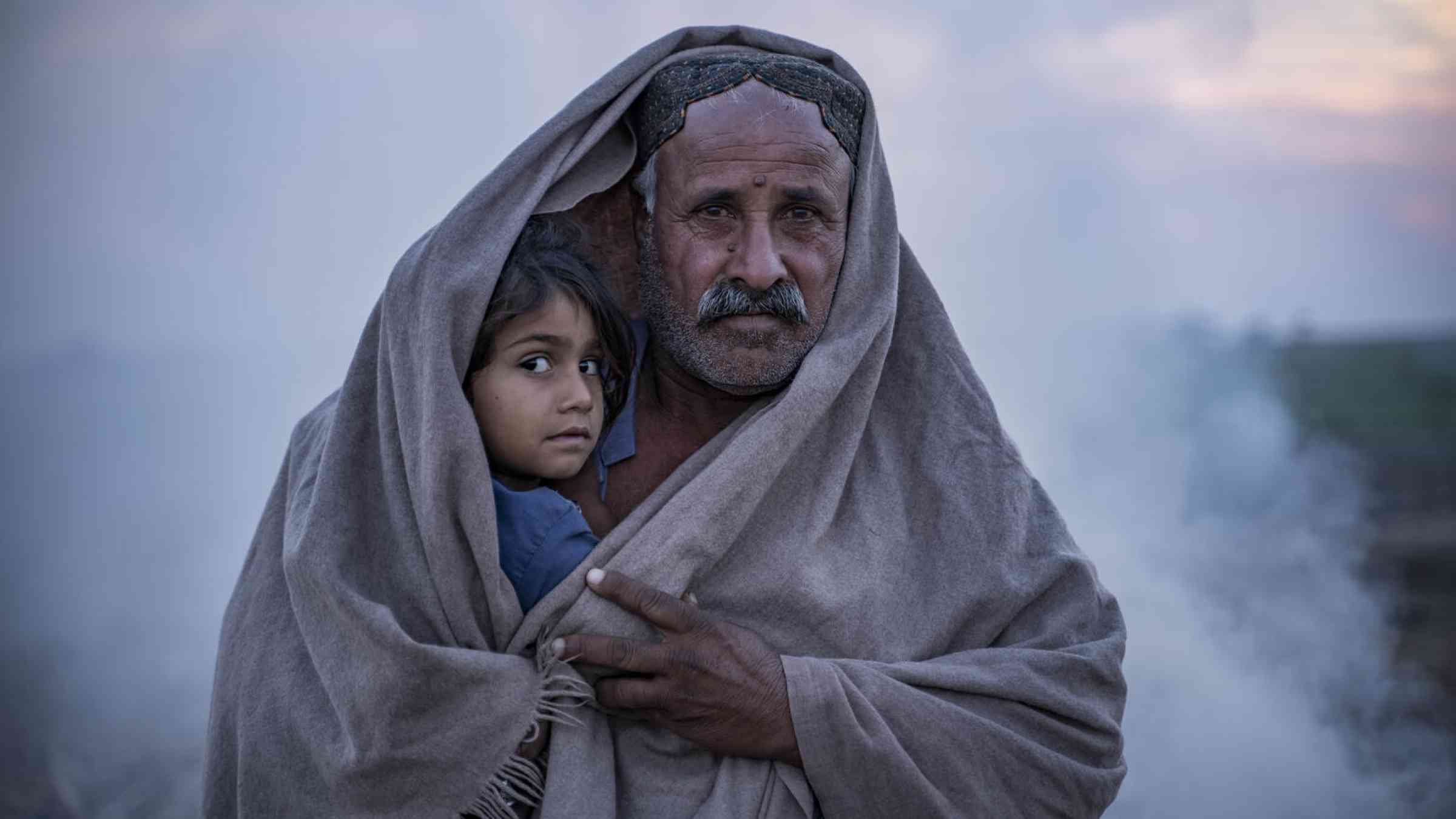Uncovering ‘Disaster DNA’ to prevent future disasters

GENEVA-Forensic investigations of "disaster DNA" yield insights for the prevention of disasters, according to a new report by the United Nations.
The report, "Forensic Insights for Future Resilience: Learning from Past Disasters," was released by the United Nations Office for Disaster Risk Reduction (UNDRR) ahead of the UN-convened Summit of the Future, as a special edition of the UN's flagship Global Assessment Report (GAR).
As countries face larger and more frequent disasters, many driven by the climate crisis, the GAR 2024 report calls on countries to adopt a forensic approach to studying disasters to inform preventative actions that can reduce impacts and build resilience.
To make the case, the report presents ten case studies based on recent disasters from around the world. Each case study includes an examination of factors that aggravated or reduced the disaster's impacts, future projections of risks, and recommendations for how to bolster resilience across three spheres: People, Planet, and Prosperity.
"Every disaster is too precious to waste. We must use every disaster to draw lessons. This means conducing a deep technical analysis to understand underlying factors that led to the disaster. To build back better from disasters and ensure a resilient recovery, countries must learn from the past to inform how they invest, build, and develop for the future," said Kamal Kishore, the Special Representative of the UN Secretary-General for Disaster Risk Reduction and the Head of UNDRR.
Forensic analyses make systemic risk more traceable, and learning from past disasters can help expose existing institutional, economic and ecosystem vulnerabilities and their connections to one another. This helps policymakers identify entry points for action and prioritise investments for resilience that address the very root causes of risk.
"Disasters are the culmination of overlooked vulnerabilities. By focusing on the root causes, forensic investigations of disasters offer policymakers a blueprint for building resilience into the fabric of sustainable development," said Irasema Alcántara-Ayala, Professor at the National Autonomous University of Mexico and a co-author of the report.
One example highlighted in the report is the 2023 impact of Cyclone Freddy in Africa. While there has been ample attention to the role of Freddy as one of the longest-lasting cyclones ever recorded, less attention has been paid to the factors on the ground that contributed to the large number of deaths. In Malawi, around 1,200 deaths attributed to the cyclone were also the result of weak infrastructure and transport networks, which made evacuations and the delivery of assistance difficult. On the other end of the spectrum, the report showcases a success story through the example of Mexico City in the aftermath of a 2017 earthquake. The city, which lost between 10,000 and 30,000 people in the aftermath of a 1985 earthquake, lost only around 326 when hit by the 2017 earthquake despite having a much larger population. This significant reduction in deaths was thanks to the incorporation of lessons from past disasters that led to new laws and building codes.
The launch of the report comes ahead of the Summit of the Future which aims to forge a new international consensus on how to deliver a better present and safeguard the future. The GAR 2024 demonstrates the value of proactive disaster risk management to safeguard the future, especially in the face of growing climate and disaster risks. This approach is critical to reducing the human and economic cost of disasters, which disproportionally impact the poorest communities and the Least Developed Countries.
"Traditional thinking places disaster risk reduction as an add-on to climate adaptation. However, adaptation objectives, and many of the Sustainable Development Goals, will be met with limited success without prospective reduction of systemic risks," said Roger Pulwarty, Senior Scientist with the US National Oceanic and Atmospheric Administration and a co-author of the report.
NOTES TO EDITORS
About the UN Office for Disaster Risk Reduction (UNDRR)
UNDRR is the lead agency in the United Nations on disaster risk reduction. It provides leadership, expertise and tools to enable countries to understand and act on disaster risks before they become disasters. UNDRR's work is guided by the Sendai Framework for Disaster Risk Reduction 2015-2030, which aims to achieve a substantial reduction in disaster risk and losses by the year 2030.
About the Global Assessment Report on Disaster Risk Reduction (GAR)
The GAR is the flagship report of the United Nations on the state of disaster risks in the world. The GAR is published by UNDRR and is the product of joint analysis and contributions from a variety of experts across fields under the guidance of the multidisciplinary GAR Advisory Board. For media requests, please contact: [email protected]